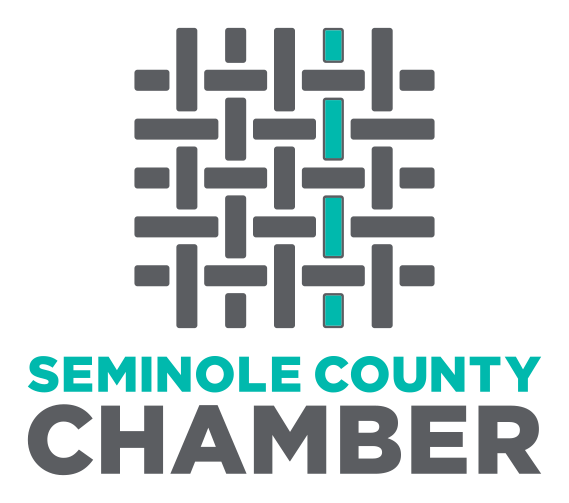This isn’t breaking news to anyone, but sexual harassment is illegal (EEOC fact sheet).
The Florida Bar defines sexual harassment as involving either quid pro quo or creating a hostile work environment, which is where the environment is non-conducive to employees doing their jobs.
The EEOC describes broad examples of sexual harassment, but what might it look like at your workplace?
-
One employee continually asks another out on a date, even after that employee most definitely is not interested. Not as a joke; they are genuinely asking, and the employee is genuinely sick and tired, and a little unnerved by it.
-
An employee who continually posts on another’s employees social media posts commenting on how “hot” they are and how sexy their body looks, and the posting employee is uncomfortable and threatened by the comments.
-
An employee who habitually overshares info about their sex life with their coworkers who clearly do not want to hear about it.
-
An employee who witnessed repeated acts of sexual harassment. A victim does not have to be the one directly harassed.
We like this guide by the Australian Human Rights Commission which offers specific examples of sexual harassment in a PDF you can share with employees. Even repeatedly using “emojis with sexual connotation” can constitute harassment. Be careful if you use flames and peaches emojis.
So… what to do? Educate your employees about what defines sexual harassment, and what they should do if they are uncomfortable or threatened by something happening at work. It’s a detriment to your business if the team is anxious and preoccupied trying to navigate a hostile environment. They are there to do work, not feel like they’re starring in a soap opera.
You may be wondering about sexual orientation and gender identity. The EEOC ruled that employees’ sexual orientation and gender identity are protected classes (2020) and demoting, terminating, harassing, or even placing these employees in a non-customer-facing role, due to sexual or gender identity, is a violation of Title VII of CRA. You can read more on the EEOC’s page.
As an employee, you are recommended by EEOC to address the harassment and discrimination with your team first to find a solution! But, if you want to discuss your options with the EEOC, you can find field offices here and file a complaint here.
If your company is mired in complicated situations, emotions are running high, and you need advice from an HR professional, you can schedule a free discovery call with Sipley the Best here!Sipley The Best
-
Dawn Sipley President
- September 27, 2023
- (407) 383-2411
- Send Email



